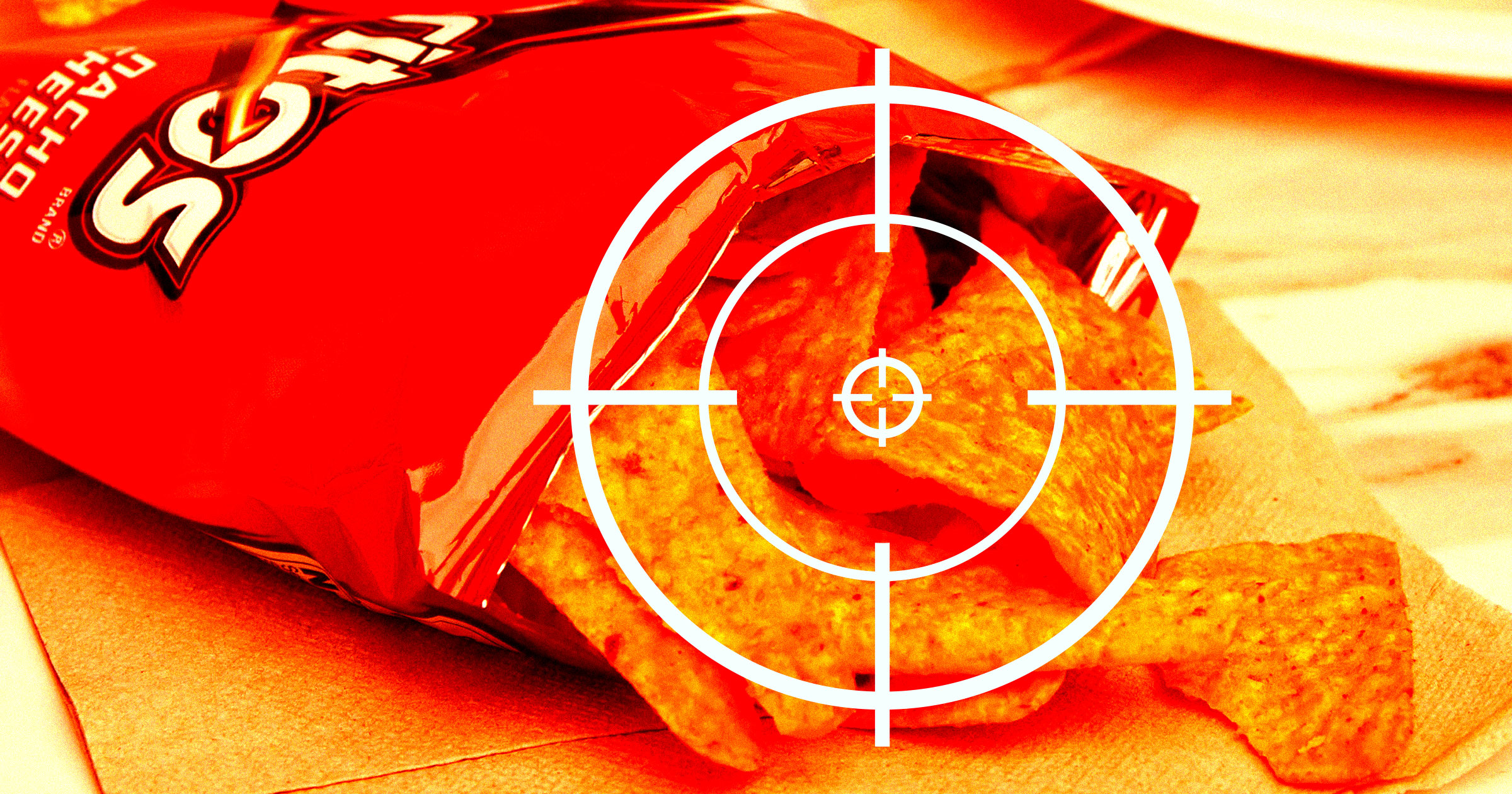Science
AI Gun Detection System Mistakes Doritos for Weapon, Sparks Outrage

An AI-powered gun detection system in Baltimore County misidentified a bag of Doritos as a firearm, leading to a significant police response involving multiple officers and vehicles. The incident occurred on March 15, 2024, when Taki Allen, a 16-year-old student at Kenwood High School, was enjoying the snack outside the school after football practice. Approximately twenty minutes later, he was approached by a large contingent of police officers, prompting concern and confusion.
“It was like eight cop cars that came pulling up for us,” Allen recounted in an interview with WBAL-TV. “At first, I didn’t know where they were going until they started walking toward me with guns, talking about, ‘Get on the ground,’ and I was like, ‘What?’” Officers ordered Allen to his knees, handcuffed him, and conducted a search, only to realize he was unarmed, holding nothing but the Doritos bag.
The episode underscores significant flaws in current gun detection technologies being implemented in schools across the United States. Such systems are increasingly criticized not only for their potential to generate false alarms but also for raising privacy concerns and the disproportionate involvement of law enforcement in educational environments.
In addition to false positives, gun detection software has not proven effective in averting real threats, as evidenced by the tragic shooting at Antioch High School in suburban Nashville earlier this year. Critics argue that these systems may perpetuate racial bias, with students from minority backgrounds, like Allen, facing heightened scrutiny and potential discrimination.
The Baltimore County Public Schools system adopted gun detection technology from the Virginia-based startup Omnilert last year. This system integrates with public surveillance cameras to scan footage for potential threats and alert law enforcement in real time. According to the Baltimore Banner, Omnilert’s technology processes images from approximately 7,000 school cameras for suspicious activity.
“Because the image closely resembled a gun being held, it was verified and forwarded to the Baltimore County Public Schools safety team within seconds for their assessment and decision-making,” said Blake Mitchell, an Omnilert spokesperson. He acknowledged that even upon review, the image could still be misinterpreted, stating, “Even as we look at it now, with full awareness that it’s not a gun, it still looks like to most people like one.”
In light of the incident, Omnilert later characterized the event as a “false positive” but maintained it performed as intended by prioritizing safety through rapid verification. Despite the intense police response, Allen expressed disappointment at the lack of communication from the school following the incident. “They just told me it was protocol,” he said. “I was expecting at least somebody to talk to me about it.”
Allen’s experience has understandably left him shaken. “I don’t feel like going out there anymore,” he told FOX45 News. “If I eat another bag of chips or drink something, I feel like they’re going to come again.” His grandfather, Lamont Davis, voiced his concern over the response to the situation, emphasizing, “There was no threat for eight guns to be pointed at a 16-year-old.”
The incident raises critical questions about the efficacy and ethics of using flawed AI technologies in schools, where the safety of students is paramount. Advocates for reform are calling for greater oversight and a reevaluation of the role such systems play in educational settings, urging that increased reliance on technology does not compromise the well-being of students.
-

 Science2 months ago
Science2 months agoInventor Achieves Breakthrough with 2 Billion FPS Laser Video
-

 Health2 months ago
Health2 months agoCommunity Unites for 7th Annual Into the Light Walk for Mental Health
-

 Top Stories2 months ago
Top Stories2 months agoCharlie Sheen’s New Romance: ‘Glowing’ with Younger Partner
-

 Entertainment2 months ago
Entertainment2 months agoDua Lipa Aces GCSE Spanish, Sparks Super Bowl Buzz with Fans
-

 Health2 months ago
Health2 months agoCurium Group, PeptiDream, and PDRadiopharma Launch Key Cancer Trial
-

 Top Stories2 months ago
Top Stories2 months agoFormer Mozilla CMO Launches AI-Driven Cannabis Cocktail Brand Fast
-

 Entertainment2 months ago
Entertainment2 months agoMother Fights to Reunite with Children After Kidnapping in New Drama
-

 World2 months ago
World2 months agoR&B Icon D’Angelo Dies at 51, Leaving Lasting Legacy
-

 World2 months ago
World2 months agoIsrael Reopens Rafah Crossing After Hostage Remains Returned
-

 Business2 months ago
Business2 months agoTyler Technologies Set to Reveal Q3 Earnings on October 22
-

 Health2 months ago
Health2 months agoNorth Carolina’s Biotech Boom: Billions in New Investments
-

 Health2 months ago
Health2 months agoYouTube Launches New Mental Health Tools for Teen Users









